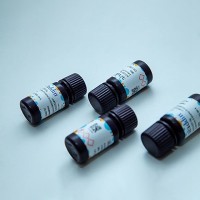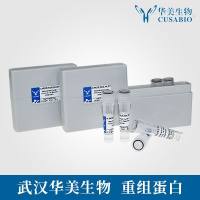A Simple Method for Effective and Safe Removal of Membrane Cholesterol from Lipid Rafts in Vascular Endothelial Cells: Implications in Oxidant-Mediate
互联网
460
Lipid raft-associated cholesterol has been identified as a pivotal player among membrane lipids in regulating cellular functions. Cholesterol of the vascular endothelial cell (EC) membranes is also being recognized as an important element in the vascular EC signaling. However, methods utilized in studying the important role of lipid raft-associated cholesterol in cell signaling involve removal of the raft cholesterol with the aid of chemical agents called cyclodextrins. Caution should be exercised in using cyclodextrins to remove the cellular lipid raft-associated cholesterol as the cyclodextrins cause adverse effects on cells such as loss of cell viability or induction of cytotoxicity. Therefore, the choice of a cyclodextrin to remove the cellular lipid raft-associated cholesterol is extremely important in order to ensure effective and safe removal of cholesterol from the cellular lipid rafts. In order to achieve this, here, we have selected the bovine pulmonary artery endothelial cells (BPAECs) and subjected them to the removal of cholesterol using two different β-cyclodextrin compounds, methyl-β-cyclodextrin (MβCD) and hydroxypropyl-β-cyclodextrin (HPCD). Phospholipase D (PLD), which generates one of the most potent bioactive lipid signal mediators (phosphatidic acid), is activated by oxidants. Therefore, we examined the effects of cholesterol removal by utilizing our current methods on the hydrogen peroxide (H2 O2 )-activated PLD in BPAECs. Differences in the loss of cholesterol and the resulting effects on the cell membrane, cell viability, morphology, and the extent of oxidant-induced PLD activation were determined. The results revealed that both MβCD and HPCD caused loss of cholesterol, loss of cell viability, and altered cell morphology in the chosen EC system. It was also determined that the HPCD compound caused far less extensive damage to the cells than the MβCD, therefore making the HPCD compound a safer tool for EC cholesterol removal.









